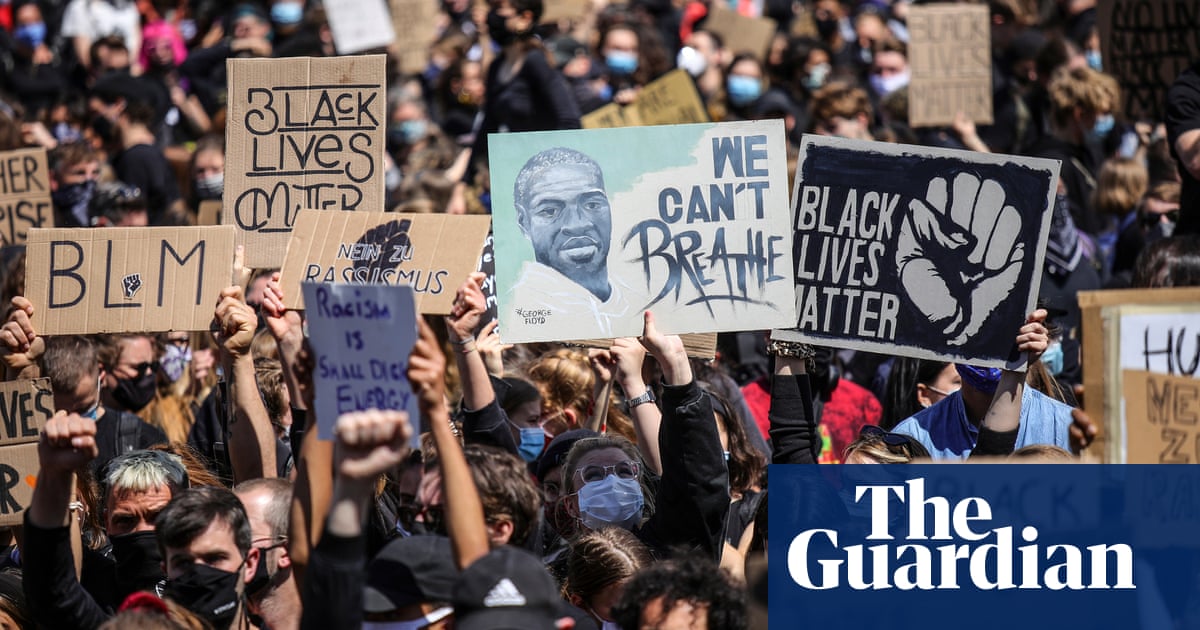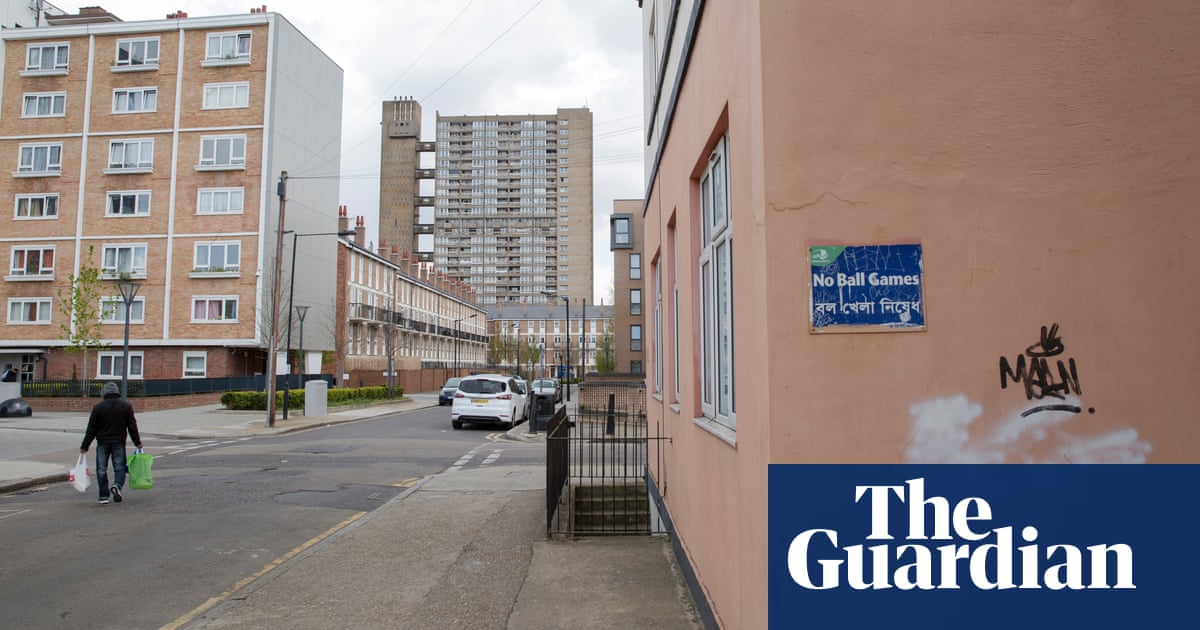
More than half of black children in the UK are now growing up in poverty, a new analysis of official data has revealed.
Black children are also now more than twice as likely to be growing up poor as white children, according to the Labour party research, which was based on government figures for households that have a “relative low income” – defined as being below 60% of the median, the standard definition for poverty.
And over the last decade the total number of black children in poor households more than doubled – although that increase is partly explained by the overall size of the cohort increasing too. The proportion of black children living in poverty went up from 42% in 2010-11 to 53% in 2019-20, the most recent year for which the data is available.
The figures were released to the Guardian by the Labour party, which described them as evidence of “Conservative incompetence and denialism about the existence of structural racism”.
The Labour leader, Keir Starmer, has already committed the party to passing a new race equality act, if elected, to tackle structural racism. Further details of what this would entail are expected to be fleshed out in 2022.
The party produced its figures by cross-referencing data from the Department for Work and Pensions’ reports on households below average income with population statistics.
In 2019-20 4.3 million children (defined as people under 16, or aged 16 to 19 and in full-time education) were living in households in poverty. They accounted for 31% of the UK’s 14 million children.
But there was a wide variation among ethnic groups. The Labour research covered nine categories and it said Bangladeshi children are the poorest, with 61% of them living in a poor household.
The figures for the other groups were: Pakistani children (55%); black African or Caribbean or black British (53%); other ethnicity (51%); other Asian (50%); mixed ethnicity (32%); Indian (27%); white (26%); and Chinese (12%).
There are 2.9 million white children living in poverty, making them by far the largest ethnic cohort, comprising 68% of all children living in poverty. Black children are the next biggest group: with more than 400,000 living in poverty, they comprise 10% of the child poverty total.
The Labour figures show that, among some ethnic groups, children are just as likely now to be living in poverty as they were a decade ago. In 2010-11, 61% of Bangladeshi children were living in poor households – exactly the same figure as at the end of the decade.
For Indian children, the chances of living in a poor household have fallen from 34% a decade ago to 27%. For Chinese children, the figure has fallen from 47% to 12%.
But for white children, the figure has risen from 24% to 26%; for Pakistani children, it has gone up from 50% to 55%; and for black children it has increased from 42% to 53%.
Overall, 27% of all children were living in poor households in 2010-11; the latest figure is 31%.
Anneliese Dodds, the shadow secretary of state for women and equalities, whose office produced the figures, said the Conservatives should be ashamed of what they revealed.
“There is little wonder that child poverty has skyrocketed over the last decade when Conservative ministers have done so little to tackle the structural inequalities driving it,” she said.
“Conservative incompetence and denialism about the existence of structural racism are driving black children into poverty. Labour has a plan to lift them out of it, with a new race equality act to tackle structural racial inequality at source.”
Labour announced its commitment to a race equality act as it published a review last year by Doreen Lawrence, the peer, into the disproportionate impact of Covid on minority ethnic communities.
The party has not said exactly what its act would contain, but the Lawrence recommendations, which the party has accepted, would shape its contents.
Although much of the Lawrence report focused on Covid-specific issues, it also said the virus had “thrived on structural inequalities that have long scarred British society”. Its recommendations included forcing large employers to publish data on ethnicity pay gaps, having clear targets to close the attainment gap for children and implementing a race equality strategy that has the support of minority ethnic communities.
Halima Begum, chief executive at the Runnymede Trust, the race equality thinktank, said the Labour figures, although not surprising, were nevertheless “cause for considerable concern”.
She said: “These are not cyclical inequalities that are being flagged, but systemic shortcomings that must be reversed quickly.
“But the problems are nuanced. Black children face racism and poverty. But poverty is not defined exclusively by race. So, for more than a decade, the Runnymede Trust has argued that you can’t simply solve the issue of racial inequality without also addressing socio-economic disparities.”
In response to Labour claims that the figures were an indictment of its record, a government spokesperson highlighted separate figures showing that in 2019-20 there were 300,000 fewer children living in absolute low income, after housing costs, than there were in 2010.
Absolute low income is defined as below the figure for 60% of median income for 2010, adjusted for inflation. People can fall out of absolute low income if their incomes rise by more than inflation, but can remain in relative low income – the more commonly used benchmark – if other people’s incomes rise by proportionally more.
The spokesperson said: “The latest official figures show there were 300,000 fewer children of all backgrounds in poverty after housing costs than in 2010 and we continue to provide extensive support to reduce this number further.
“This includes putting £1,000 more per year on average into the pockets of the lowest earners through changes to universal credit, increasing the minimum wage next April to £9.50 per hour and helping with the cost of fuel bills.”












